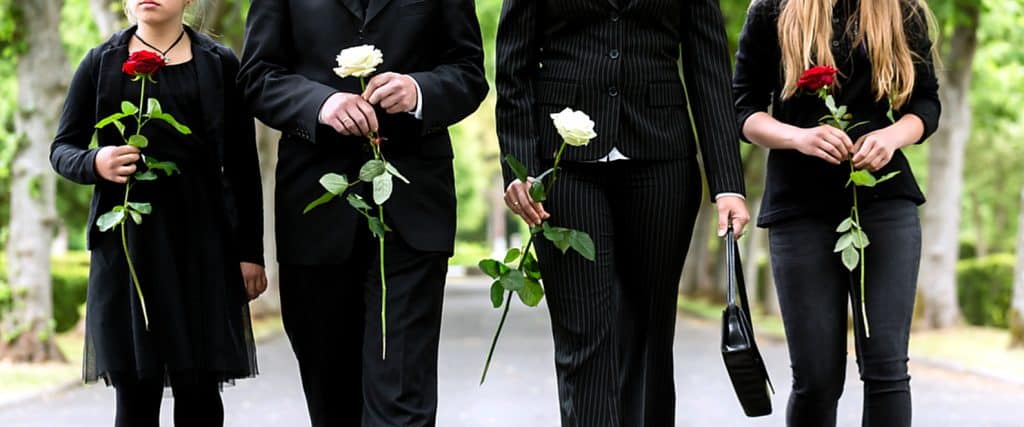 Last time we looked at the Australian Senate Inquiry into “The framework surrounding the prevention, investigation and prosecution of industrial deaths in Australia“, various submissions were considered. The Inquiry is continuing to hold public hearings, the most recent of these provided an opportunity for relatives of deceased workers to present their arguments. It is an enlightening insight into a pain that few of us will face but also into the struggles of many to effectively enforce workplace health and safety with, and without, Industrial Manslaughter laws.
Last time we looked at the Australian Senate Inquiry into “The framework surrounding the prevention, investigation and prosecution of industrial deaths in Australia“, various submissions were considered. The Inquiry is continuing to hold public hearings, the most recent of these provided an opportunity for relatives of deceased workers to present their arguments. It is an enlightening insight into a pain that few of us will face but also into the struggles of many to effectively enforce workplace health and safety with, and without, Industrial Manslaughter laws.
The first couple at the 17 July 2018 hearing was Michael and Lee Garrels, the parents of 20-year-old

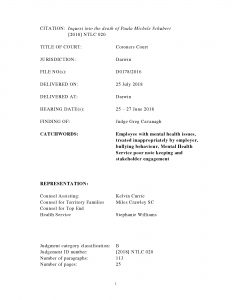
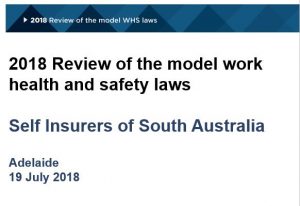
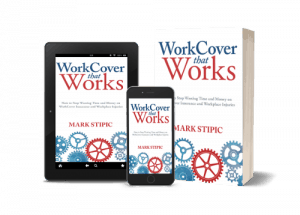
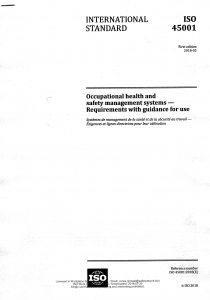 Recently the Safety Institute of Australia (SIA) published
Recently the Safety Institute of Australia (SIA) published  Below is the list of occupational health and safety (OHS) issues for the next three years, put to the Australian Council of Trade Unions and passed, at its
Below is the list of occupational health and safety (OHS) issues for the next three years, put to the Australian Council of Trade Unions and passed, at its